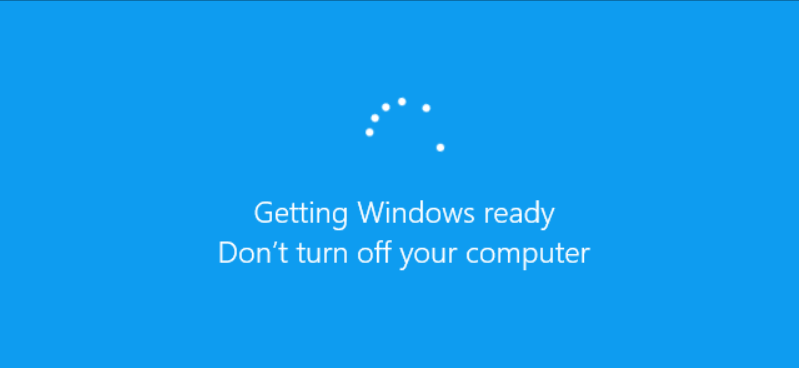
Windows is the most widespread operating system in the world, popular with millions of business and private users.
Its simplicity, user-friendliness, and reliability are the main reasons why it has been the first pick on the OS draft for more than two decades.
And just like any other popular item or concept, Windows is often the potential objective of different lawbreakers.
If you want to stay protected 24/7, it’s essential not to skip regular Windows updates. Still, users can update their operating systems in a more convenient way.
1) Knowing the risks and threats
You can often hear people say that they have nothing valuable stored on their computers, just, for example, some personal multimedia.
Even if you don’t buy things online or store your credit card numbers on your hard disk, there are still some information that hackers might find useful.
For instance, if someone breaks into your email account, they can obtain all the addresses from your email list. These are significant assets in eCommerce and online marketing.
What’s more, an unprotected computer might be exposed to keyloggers. This is a type of malware that can track all the moves you make on your keyboard. As a result, hackers can break your passwords and access your online accounts.
After all, burglars break into ordinary houses and apartments, not only luxurious villas, don’t they?
Updating your Windows regularly will reduce the risk of those cybercriminals entering your computer.
2) Hackers competing with developers
Some people might wonder why Windows developers don’t come up with one sturdy, long-lasting update.
They’re doing their best to patch all the bugs and gaps that exist in this imperfect system.
Still, there are some other folks who are also doing their best to hack their solutions and break the code of every new update.
As a result, there’s still a risk of data theft even if your Windows is regularly updated, let alone if your operating system is left unprotected.
It’s good to know that Microsoft software engineers test every update before it’s launched. This adds to the security and reliability of all the version of this operating system.
However, they can’t always predict the moves that hackers are going to make.
What they can do is monitor all the suspicious actions on the internet and prepare new updates as quickly as possible.
After that, the ball is on the users’ side of the field. It’s the users who need to put these patches to practice and make them work for their needs.
3) Responsible users’ behavior
Even if you update your Windows regularly, hackers could still find a way to get into your system.
One of the most vulnerable parts that they aim at are open internet networks. It’s difficult to know who has allowed random people to use their internet connection.
Even if that person isn’t a hacker, it’s easier for cybercriminals to access such networks.
Therefore, it’s recommended to update your Windows only when you’re at home, connected to your own network.
Whenever you don’t know the internet area where you are properly, it’s recommended to take additional security measures, such as using a VPN for Windows (https://nordvpn.com/download/windows/). It will ensure proper encryption and protection to prevent hackers from breaking into your computer during the updates.
4) Informing Windows when to install updates
If users leave the factory settings on, Windows will install updates when it’s programed to. If you keep on postponing Windows update, it might start in the middle of a workday, which is the least convenient time for business users.
Even though Windows 10 performs much of these downloads in the background, it still installs some full-fledged patches from time to time.
Because of that, it’s better to adjust this necessity to your very own daily schedule. The procedure may slightly differ for different versions of Windows.
For Windows 10, choose the Settings option in the Start Menu. Here you should go to the Update and Security section. Then click on Windows Update and go to the Advanced Settings. This is where you can adjust the update settings, such as change the active hours to inform Windows when you’re at work.
That way, your operating system will update when you’re not performing your work tasks.
Conclusion
We strongly oppose skipping Windows updates, for all the reasons you’ve read about in this guide.
However, it’s understandable that automatically schedule updates might interrupt people while they’re working on their business projects. That’s why you should adjust the settings to your daily schedule and ensure continuous protection.
Even if you have no clue why someone would hack your computer, be aware that hackers know what they’re doing. Therefore, make sure that you download all the updates and patches for your Windows.
That’s the only way to stay as safe as it gets in the online environment.

